Premium Only Content
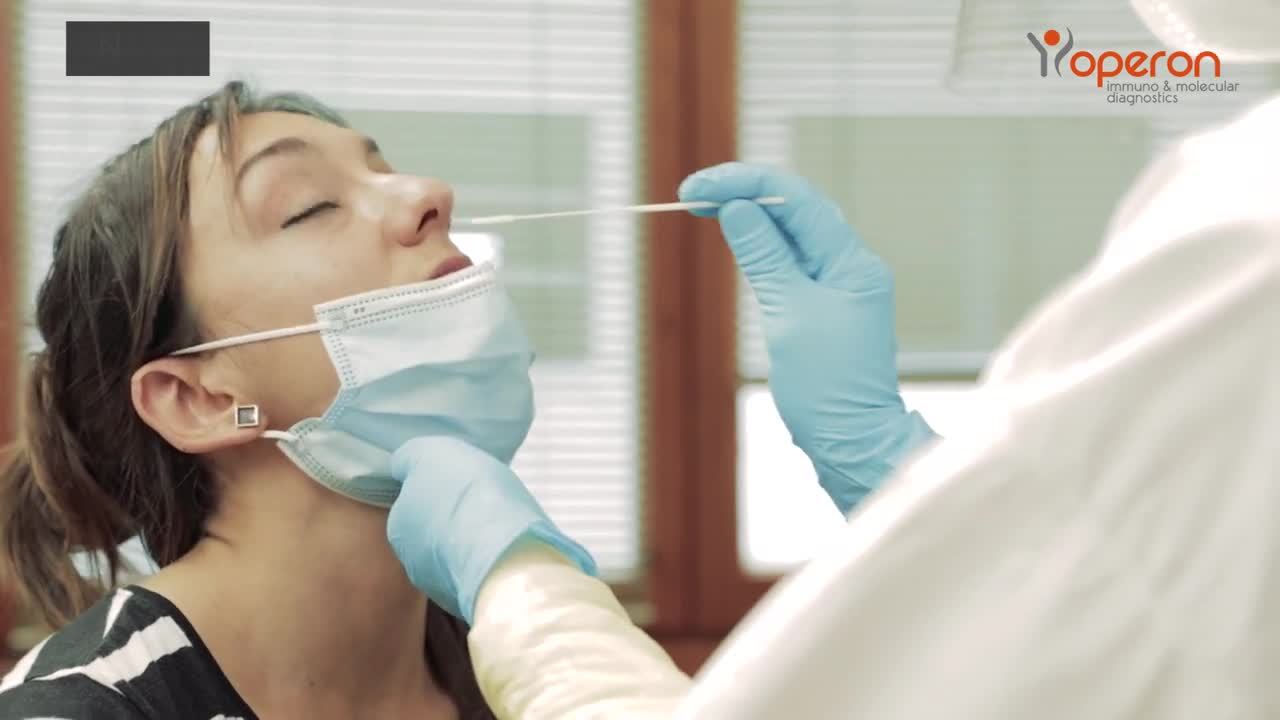
Rapid test for the detection of the SARS-COV-2 (COVID-19) antigen
A new severe respiratory syndrome caused by a coronavirus was first observed in Wuhan (China) in December 2019. The infection has spread all over the world, and consequently, on March 2020, the disease was declared a pandemic by the WHO. The new virus was called SARS-CoV-2, causing COVID-19 disease.
The new coronavirus is associated with cases of pneumonia with frequent symptoms of dry cough, fever, fatigue or loss of smell, and can easily evolve into severe pneumonia, severe acute respiratory syndrome, fatal multi-organ failure, and even death.
The four most important structural proteins of the virus are the spike protein (Spike -S-), the nucleocapsid protein (N), the membrane protein (M) and the envelope protein (E). Of these, protein S is responsible for interacting with receptors on human cells, hence its importance as a target for the development of neutralizing antibodies and a vaccine.
It has been demonstrated that the detection of the antigen by immunochromatography is recommended especially during the phase of onset of symptoms (5-7 days after infection). However, when the viral load and, therefore, the antigen load is low, it is difficult to detect it with this type of test. This usually occurs after 5-7 days from the appearance of the first symptoms.
The OPERON SIMPLE/STICK Ag SARS-CoV-2 is a rapid procedure for the qualitative detection of the SARS-CoV-2 antigen in nasal or oropharyngeal samples. This video shows how to perform the Ag SARS-COV-2 rapid test step by step, and also how to take the sample (oropharyngeal, nasopharyngeal or nasal). FOR PROFESSIONAL USE ONLY*.
-
 2:19
2:19
KIVI
4 years agoRapid Antigen Tests
108 -
 1:44
1:44
KIVI
4 years agoRapid Antigen Tests
218 -
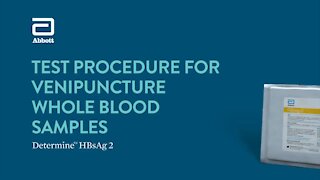 4:19
4:19
AfricanNewsAgency
4 years agoSOUTH AFRICA - Cape Town - Rapid diagnostic test for the detection of hepatitis B(Video) (Mx9)
1 -
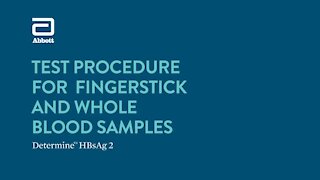 5:11
5:11
AfricanNewsAgency
4 years agoSOUTH AFRICA - Cape Town - Rapid diagnostic test for the detection of hepatitis B(Video) (yY8)
1 -
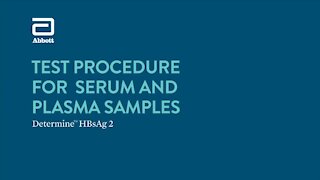 4:14
4:14
AfricanNewsAgency
4 years agoSOUTH AFRICA - Cape Town - Rapid diagnostic test for the detection of hepatitis B(Video) (SRQ)
3 -
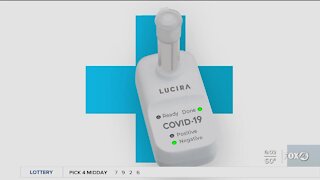 0:38
0:38
WFTX
4 years agoFDA approves rapid covid test
4272 -
 1:38:10
1:38:10
The Quartering
2 hours agoKash Patel "Discovers" Secret FBI Files On Trump, NYC Shooter New Conspiracy, Planned Parenthood
102K18 -
 56:56
56:56
Crypto Power Hour
3 hours ago $0.75 earnedSmart Contracts On The Blockchain
4.55K9 -
 1:00:03
1:00:03
Russell Brand
4 hours agoRand Paul: Trump, Tariffs & The Tyranny of Centralized Power - SF623
129K105 -
 9:01
9:01
Dr. Nick Zyrowski
1 month agoThe BIG NAC ( N-Acetyl Cysteine) Mistake
9.57K9